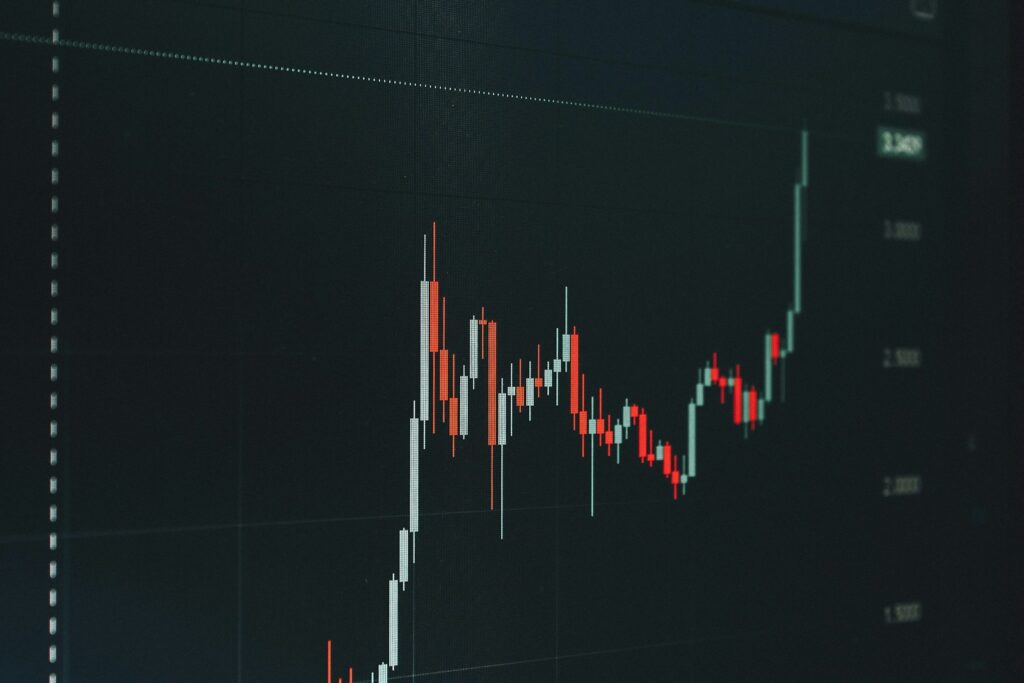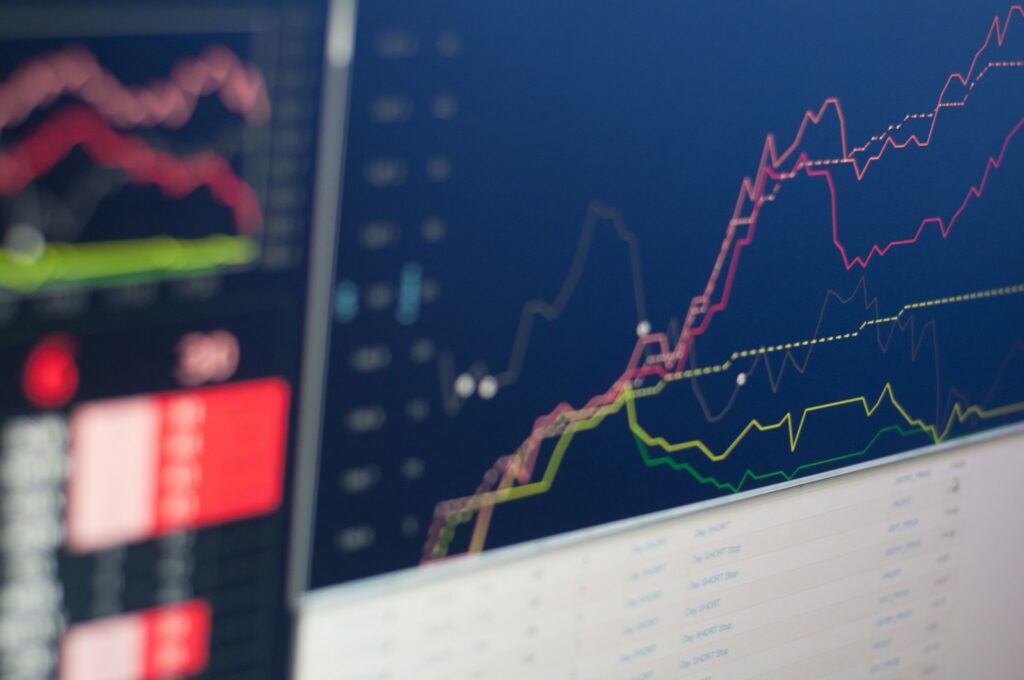
Wall Street concluded a week marked by significant fluctuations, grappling with fresh inflation data, evolving trade narratives, and the persistent influence of technology sector developments. The week unfolded with an initial downturn, swiftly followed by a robust rally, only to settle back into a more cautious tone by Wednesday’s close. Investors found themselves closely scrutinizing economic indicators and geopolitical shifts, attempting to discern the path forward for interest rates and corporate performance.
Monday’s trading session saw the major U.S. indexes ending lower, with the Dow Jones Industrial Average dropping nearly half a percent, the S&P 500 shedding a quarter of a percent, and the Nasdaq Composite losing almost one-third of a percent. This downturn was largely attributed to a prevailing “risk-off sentiment” that permeated the market. Investors were digesting reports concerning major semiconductor companies, Nvidia and AMD, which had reportedly agreed to allocate 15% of their advanced chip sales revenue from China to the Trump administration.
Adding to the Monday’s complex macroeconomic landscape, President Trump unexpectedly stated that gold would not be subject to tariffs, appearing to reverse earlier reports from Friday suggesting tariffs could be placed on some gold imports. Furthermore, an executive order was signed, extending a pause on sharply higher U.S. tariffs on Chinese imports for an additional 90 days. Ross Mayfield, an investment strategist at Baird Private Wealth Management, observed that this latest trade news contributed to the market’s cautious stance.
Mayfield articulated the prevailing uncertainty, stating, “There’s still a little bit of uncertainty around the macro backdrop, right? Tariffs, you had kind of some headlines about whether gold would be under tariffs. You had some mixed news around semiconductors and the new, pretty unusual kind of collaboration, if you want to call it that, between AMD and Nvidia and the US government.” He concluded that markets, “again, sitting right near all-time highs, sentiment has caught up to price.

Amidst these broader market movements on Monday, several individual stocks saw notable activity. Micron Technology, a prominent chipmaker, saw its shares gain 4% after it announced an upward revision to its forecast for fourth-quarter revenue and adjusted profit. Meanwhile, Intel’s stock rallied 3.5%, following a report indicating that CEO Lip-Bu Tan arrived at the White House on Monday, a significant development after President Trump had called for his removal just last week.
As the trading week progressed, market participants eagerly awaited Tuesday’s release of July’s consumer price index (CPI) inflation report. This data was widely anticipated to provide crucial insights into the trajectory of inflation, offering clues on whether the Federal Reserve would opt to lower interest rates at its upcoming September policy meeting. The stakes for this report were considerably high, given the ongoing debate surrounding monetary policy.
Tuesday ushered in a dramatic reversal of fortunes for the U.S. stock market, as all three main indexes surged to new records. The S&P 500 climbed 1.1% to surpass its previous all-time high, established just two weeks prior. The Dow Jones Industrial Average advanced a substantial 483 points, or 1.1%, while the Nasdaq composite jumped 1.4%, setting its own new record close.
This significant market rally was directly propelled by the better-than-expected inflation data for July. The report suggested that inflation across the country was a touch lower last month than economists had anticipated, igniting hopes that this would provide the Federal Reserve with the necessary leeway to cut interest rates at its next meeting in September. Lower rates are generally perceived as a boon for investment prices and the broader economy, by reducing borrowing costs for households and businesses.

President Donald Trump has consistently and vociferously advocated for interest rate cuts to stimulate the economy, often personally criticizing the Fed’s chair. However, the Federal Reserve has maintained a hesitant stance, primarily due to concerns that President Trump’s implemented tariffs could exacerbate inflation. Lowering rates under such circumstances, Fed officials have reasoned, could further fuel inflationary pressures, akin to “adding oxygen to a growing fire.”
Consequently, Fed officials have repeatedly emphasized their preference to see more incoming data on inflation before committing to any policy adjustments. Tuesday’s report indicated that U.S. consumers experienced overall price increases of 2.7% in July compared to a year earlier, for everyday expenses such as groceries and gasoline. This rate matched June’s inflation figure and notably came in below the 2.8% that economists had projected.
The seemingly favorable inflation report prompted traders on Wall Street to significantly increase their bets on a September interest rate cut by the Fed. According to data from CME Group, the probability of such a cut, which would be the first this year, surged to 94% from nearly 86% just a day prior. The Federal Reserve still awaits one more inflation report and one more U.S. job market report before its pivotal meeting concludes on September 17.
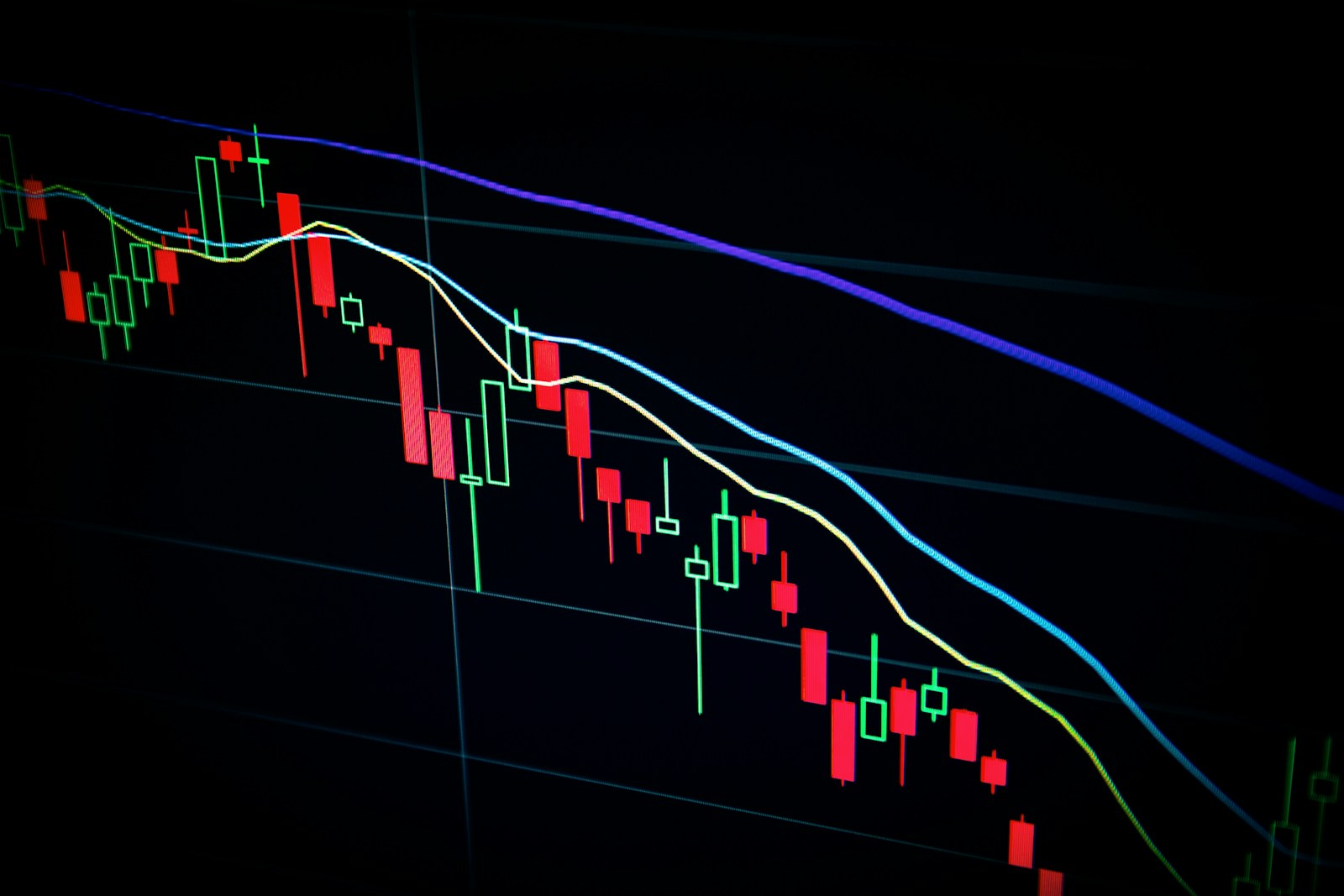
Despite the positive headline figures, some economists cautioned that future data could introduce more “twists and turns,” complicating the Fed’s upcoming decisions. The central bank operates with twin mandates: to achieve an inflation rate of 2% while simultaneously maintaining a healthy job market. However, monetary policy adjustments aimed at benefiting one objective often carry the risk of negatively impacting the other.
Even Tuesday’s better-than-expected inflation report carried certain discouraging undertones. Gary Schlossberg, a market strategist at Wells Fargo Investment Institute, highlighted that an underlying measure of inflation, which economists often view as a more accurate predictor of future inflation trends, reached its highest point since early this year. This subtle but significant detail contributed to some up-and-down swings observed in Treasury yields within the bond market.
Brian Jacobsen, chief economist at Annex Wealth Management, weighed in on the complex interplay of tariffs and prices. He noted that “Eventually, tariffs can show up in varying degrees in consumer prices, but these one-off price increases don’t happen all at once.” Jacobsen further predicted that such staggered effects would continue to “confound the Fed and economic commentators for months to come.” Globally, other central banks have already moved to lower interest rates, with Australia’s central bank, for instance, implementing its third rate cut of the year on Tuesday.
On the individual stock front on Tuesday, Intel’s stock continued its ascent, rising 5.6% after President Trump praised its CEO, describing his story as “amazing,” a stark contrast to his demand for Lip-Bu Tan’s resignation less than a week prior. Circle Internet Group, the company behind the popular USDC cryptocurrency pegged to the U.S. dollar, saw a modest climb of 1.3%, despite reporting a larger loss than analysts had expected for its latest quarter. The company’s total revenue and reserve income, however, grew by 53% in its inaugural quarter as a publicly traded entity, exceeding forecasts.
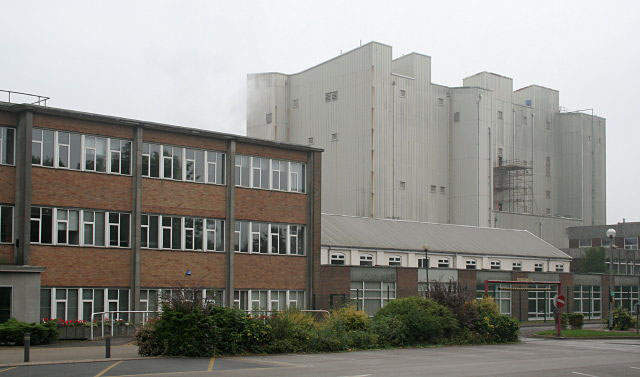
Conversely, several companies experienced declines on Wall Street. Celanese, a chemical company, sank 13.1% despite delivering a better-than-expected profit. Its CEO, Scott Richardson, conveyed concerns that “the demand environment does not seem to be improving,” citing ongoing challenges for customers across most of its markets. Cardinal Health also dropped 7.2%, similarly reporting a stronger profit than analysts had anticipated. However, its revenue fell short of forecasts, and market expectations were particularly high given the stock’s impressive 33.3% surge for the year leading up to the report.
Critics have increasingly suggested that the broad U.S. stock market appears expensive, particularly following its significant surge from a low point in April. This perception places considerable pressure on companies to consistently deliver robust profit growth. By Tuesday’s close, the S&P 500 had risen 72.31 points to 6,445.76, the Dow Jones Industrial Average climbed 483.52 points to 44,458.61, and the Nasdaq composite jumped 296.50 points to 21,681.90.
International stock markets also reacted to the trade developments. Indexes in China edged up after President Trump signed the executive order late Monday, delaying hefty tariffs on the world’s second-largest economy by 90 days. This widely anticipated move sparked hopes that it would pave the way for a potential deal, aiming to avert a perilous trade war between the United States and China. Japan’s Nikkei 225 jumped 2.1%, while South Korea’s Kospi experienced a 0.5% decline.
In the bond market on Tuesday, the yield on the 10-year Treasury note rose marginally to 4.28% from 4.27% late Monday. The yield on the two-year Treasury, which is often considered a more direct reflection of expectations for Federal Reserve policy, fell to 3.73% from 3.76%. These movements underscored the bond market’s sensitivity to both inflation prospects and shifts in monetary policy expectations.
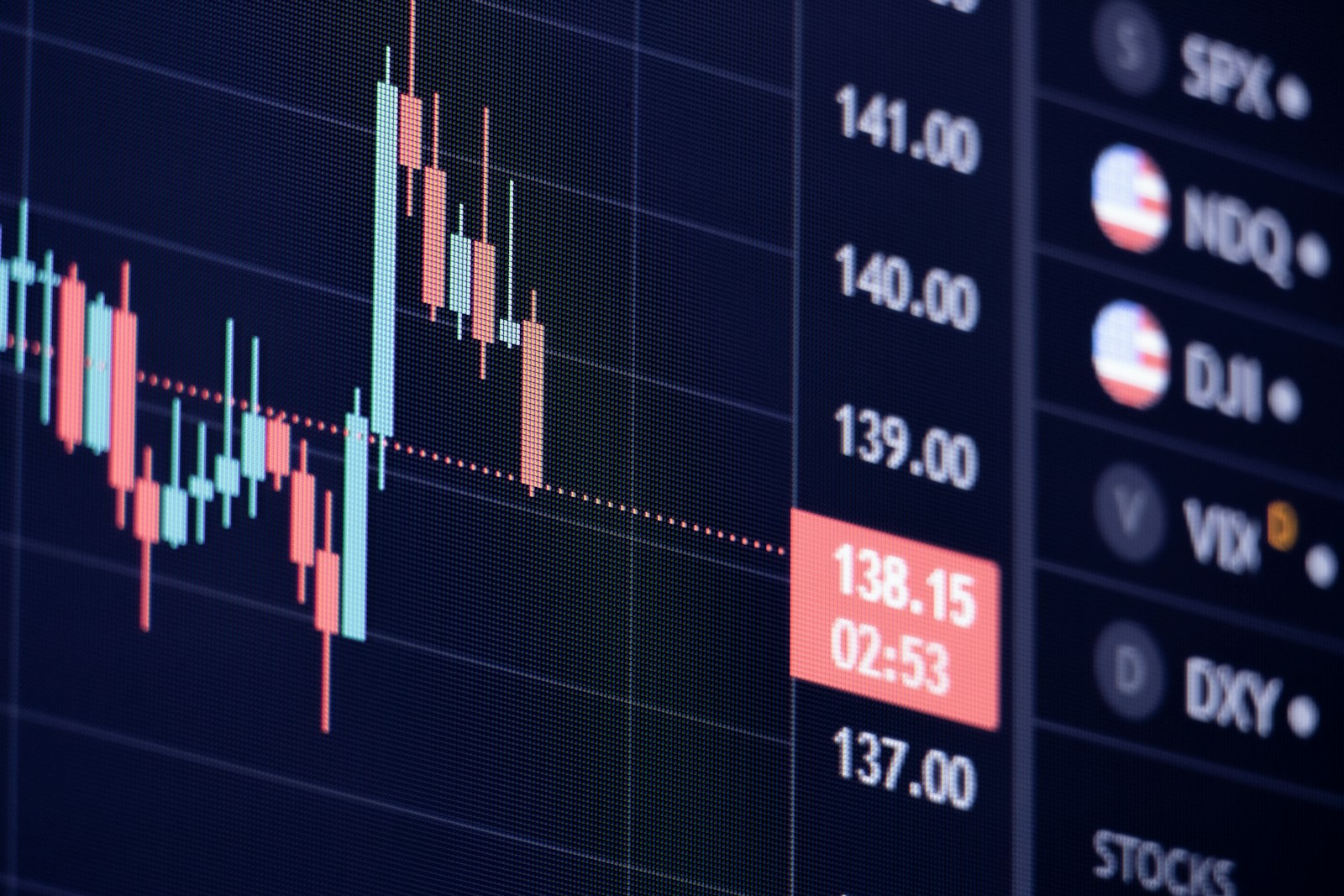
Wednesday’s trading session commenced with an initial wave of optimism, as market participants cheered both the cooler-than-expected inflation data and encouraging news on the U.S.-China trade front. However, this early enthusiasm proved fleeting, as stocks gradually turned lower into the close, indicating lingering market apprehension despite the positive headlines.
Prior to the opening bell on Wednesday, the Bureau of Labor Statistics released additional consumer price index (CPI) data for May. The report indicated that the CPI rose by a modest 0.1% month-over-month, a slower pace than April’s 0.2% rise and below the 0.2% increase economists had anticipated. On a year-over-year basis, May CPI was 2.4% higher, a slight uptick from the 2.3% increase observed the previous month, yet still aligning with economists’ projections.
Further analysis of the May CPI data revealed that core CPI, which meticulously excludes the often-volatile prices of food and energy to provide a clearer picture of underlying inflation trends, was up 0.1% from April to May and 2.8% year-over-year. These figures came in below economists’ expectations of 0.3% and 2.9%, respectively, offering some welcome news to Wall Street. Despite these positive readings, not all economists were prepared to declare an “all clear.”

Comerica Chief Economist Bill Adams expressed a measure of caution, stating, “CPI’s dip under 2.5% in the spring months might be as good as it gets this year for inflation.” Adams suggested that “wobbly” consumer demand likely contributed to the tame data, noting that the Fed’s Beige Book had “reported anecdotes of consumers acting skittish due to anxiety about the economy.” He theorized that “businesses likely discounted in May to keep customers coming in the door,” but anticipated that “there’s a limit to how long businesses will absorb higher input prices,” expecting inflation to pick up in the second half of the year.
Sentiment on Wednesday also received a notable boost from progress on the U.S.-China trade front. High-level negotiations had commenced in London earlier in the week, culminating in a significant announcement from President Trump. The President posted on his Truth Social platform that a trade deal with China “IS DONE,” signaling a major breakthrough in the protracted dispute.
While the precise terms of the agreement had yet to be fully released, reports indicated that the two economic superpowers were reverting to a framework previously agreed upon in Geneva, Switzerland, last month. As part of this evolving arrangement, China had reportedly consented to supply temporary rare earth export licenses to U.S. companies. In reciprocity, Washington was set to permit the sale of certain key products, including jet engines and ethane, to Beijing.
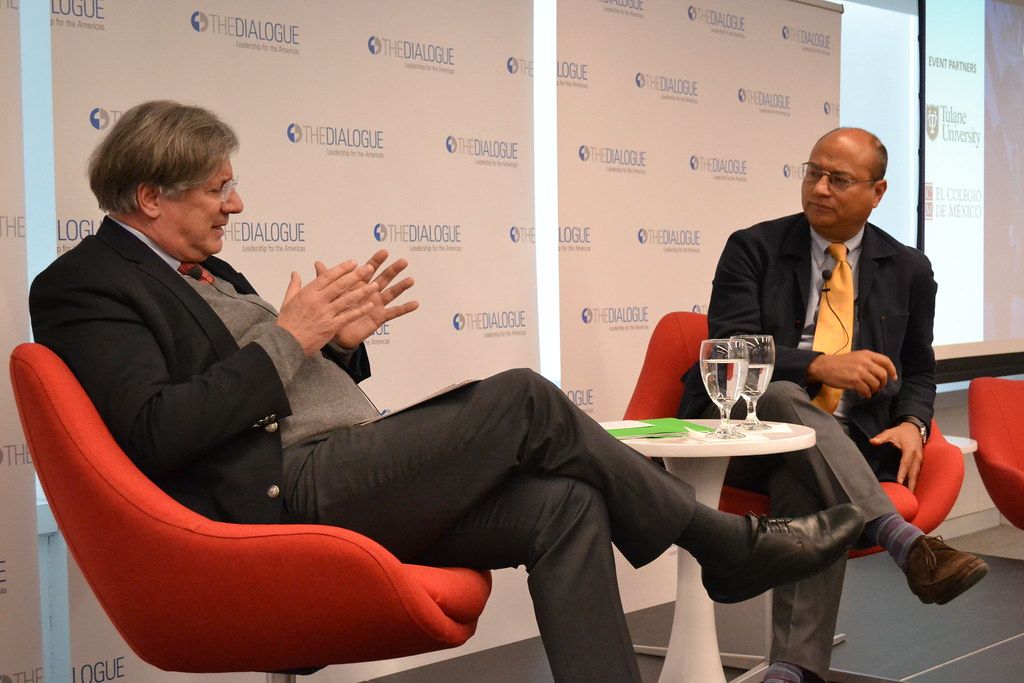
Concurrent trade talks also focused on the U.S. and Mexico, which appeared to be nearing a deal aimed at reducing the 50% tariffs President Trump had imposed on steel imports earlier in the month. According to Bloomberg, a potential agreement between the two nations could involve a “quota-type situation,” wherein steel imports from Mexico would remain tariff-free up to a specified level. This prospect, however, triggered negative reactions among U.S.-based steelmakers.
Shares of prominent U.S. steel producers experienced significant declines in response to the U.S.-Mexico trade news. Cleveland-Cliffs (CLF) tumbled 8.1%, Nucor (NUE) fell 6.1%, and Steel Dynamics (STLD) shed 2.8%, reflecting investor concerns over the potential impact of reduced tariff protection on their domestic market positions. These movements highlighted the immediate sensitivity of specific sectors to shifts in trade policy.
Among other individual corporate movers on Wednesday, Chewy (CHWY), the online pet supplies retailer, was a notable decliner, sinking 11.0% after its earnings report. While the company disclosed higher-than-expected adjusted earnings per share and revenue for its fiscal first quarter, its GAAP net income – a critical metric for investors – came in short of Wall Street’s expectations. Jay Woods, chief global strategist at Freedom Capital Markets, had previously noted that the consumer discretionary stock was “overbought” heading into earnings, having surged 45% since April 7, suggesting that any pullbacks could present “a good opportunity to adopt this name into your portfolio as the long-term technicals look great and the company is known for its loyal user base.
On the more positive side of Wednesday’s ledger, International Business Machines (IBM) distinguished itself, jumping 1.9% to achieve a new record close of $281.64, and ranking among the best-performing Dow Jones stocks for the day. This impressive gain was fueled by news that the company is on track to construct a large-scale, fault-tolerant quantum computer. According to a June 10 press release, the IBM Quantum Starling is slated for delivery by 2029 and is “expected to perform 20,000 times more operations than today’s quantum computers.” This groundbreaking announcement created a “halo” effect across the quantum computing sector, with Quantum Computing (QUBT) soaring 25.4% and Rigetti Computing (RGTI) gaining 11.4%.
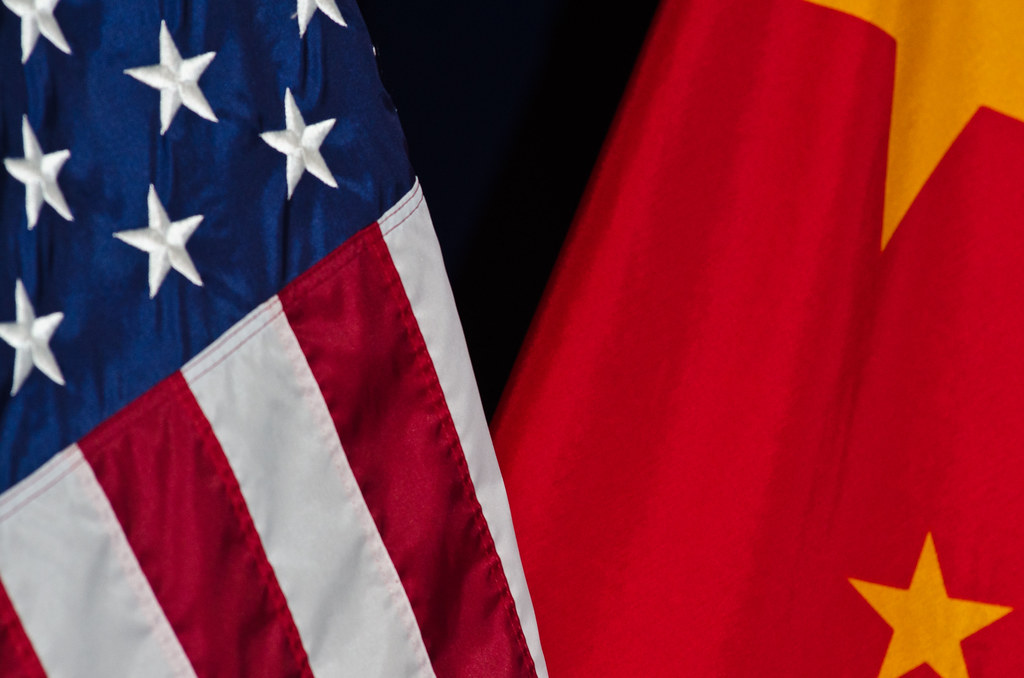
As the trading day concluded on Wednesday, the main indexes registered fractional losses, demonstrating the market’s underlying cautious tone despite earlier optimism. The Dow Jones Industrial Average closed slightly lower at 42,865, the S&P 500 slipped 0.3% to 6,022, and the Nasdaq Composite had shed 0.5% to 19,615. This reflected a mixed sentiment, where good news was tempered by persistent concerns.
The overarching theme emerging from the week’s trading could best be described as “cautious optimism.” While positive developments in inflation data and progress in U.S.-China trade talks were certainly welcomed by the market, they were not interpreted as an unequivocal “all-clear” signal to aggressively enter equities. The S&P 500, having surged more than 21% since its April 8 closing low and currently trading at approximately 22 times forward earnings – well above its long-term average – suggests a market already priced for considerable growth.
The nuances within the inflation report further underscored this cautious stance. The shelter index component of the CPI, for instance, rose 0.3% on a monthly basis in May, remaining unchanged from the prior month. As a result, shelter costs are now up 3.9% versus the year-ago period. While this indicates a slight deceleration from April’s 4% year-over-year advance, prices are undeniably still rising. Jim Cramer, during a Morning Meeting on Wednesday, succinctly articulated this concern, stating, “It was shelter that was a sticking point.”

The ongoing challenge of housing affordability remains a significant issue, particularly given that shelter constitutes roughly one-third of the CPI. While the U.S. economy has thus far managed to “keep chugging along” despite this hurdle, it is not sustainable indefinitely. Ever-rising housing costs may compel consumers to reduce spending in other areas, especially if income growth fails to keep pace. This potential pullback in private consumption, which accounts for two-thirds of U.S. gross domestic product, could ultimately pressure the broader economy.
Lower interest rates, a policy frequently advocated by President Trump, could indeed offer some relief to the housing market by making monthly payments more affordable. They might also encourage “stuck” homeowners, those with ultra-low pandemic-era mortgage rates, to list their properties, thereby increasing market supply. Additionally, reduced rates could facilitate the more affordable initiation and completion of new construction projects. However, simply sparking more demand through lower rates, absent an adequate increase in housing supply, would likely only serve to push shelter costs even higher. The consensus view suggests “what we need is more supply, and we need it now.”
Another critical factor necessitating a degree of skepticism towards the CPI report is the ongoing nature of trade negotiations. Despite the apparent framework agreement between the U.S. and China on key issues like rare earth mineral access, the tariff rate on goods imported from China remains at a substantial 55%. This indicates that while inflation rates may appear lower in the short term, the full impact on consumer behavior from these elevated tariffs has likely yet to materialize.
Yet, valid counterarguments exist for market optimism. The first quarter earnings season recently concluded on a strong note, with 78% of companies surpassing earnings expectations and 64% exceeding revenue estimates, according to FactSet data. Furthermore, as long as unemployment remains low, consumer spending is likely to persist. These factors, combined with the prospect of a more concrete agreement with China being finalized, contribute to a cautiously optimistic outlook.
The bottom line for investors remains one of diligent observation and strategic foresight. The market currently presents opportunities, allowing for a long-term investment perspective. However, it is imperative to remain acutely conscious of the inherent risks to economic growth. These risks are multifaceted, encompassing the continued upward climb in shelter costs, the enduring uncertainty surrounding trade negotiations, and the broader specter of geopolitical conflicts across the globe. Navigating these complexities will define the market’s trajectory in the months ahead.

